CIRCULAR ECONOMY AND THE PACKAGING INDUSTRY
The circular economy is the new approach to re-use the resources of our world over and over again instead of the current linear approach (take-make-consume-throw away)
The world is moving towards a circular economy for a better
future for all the mankind and the mother earth.
The world is moving towards a circular economy for a better
future for all the mankind and the mother earth.
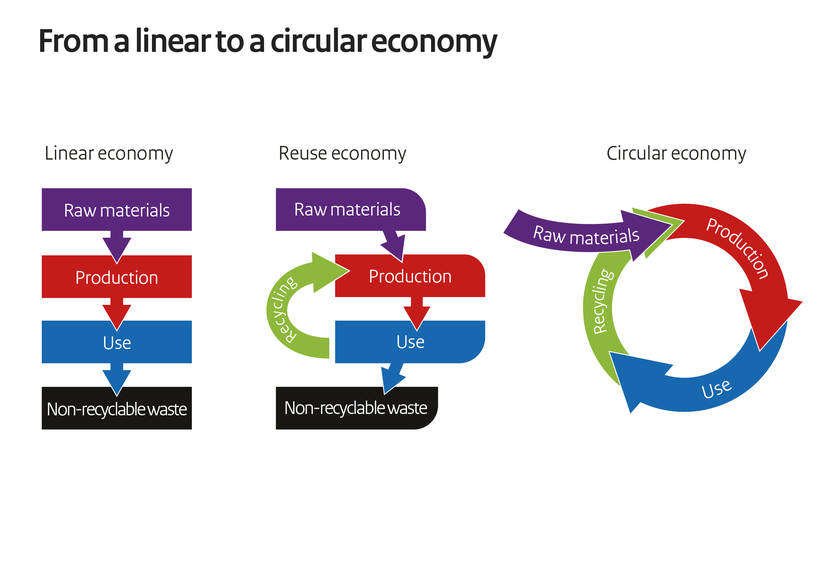
Protecting the environment and boosting competitiveness go hand-in-hand:
Both are about building a sustainable future. - Energy Union and Climate
- Jobs, Growth and Investment
- Democratic Change, Better
- Regulation
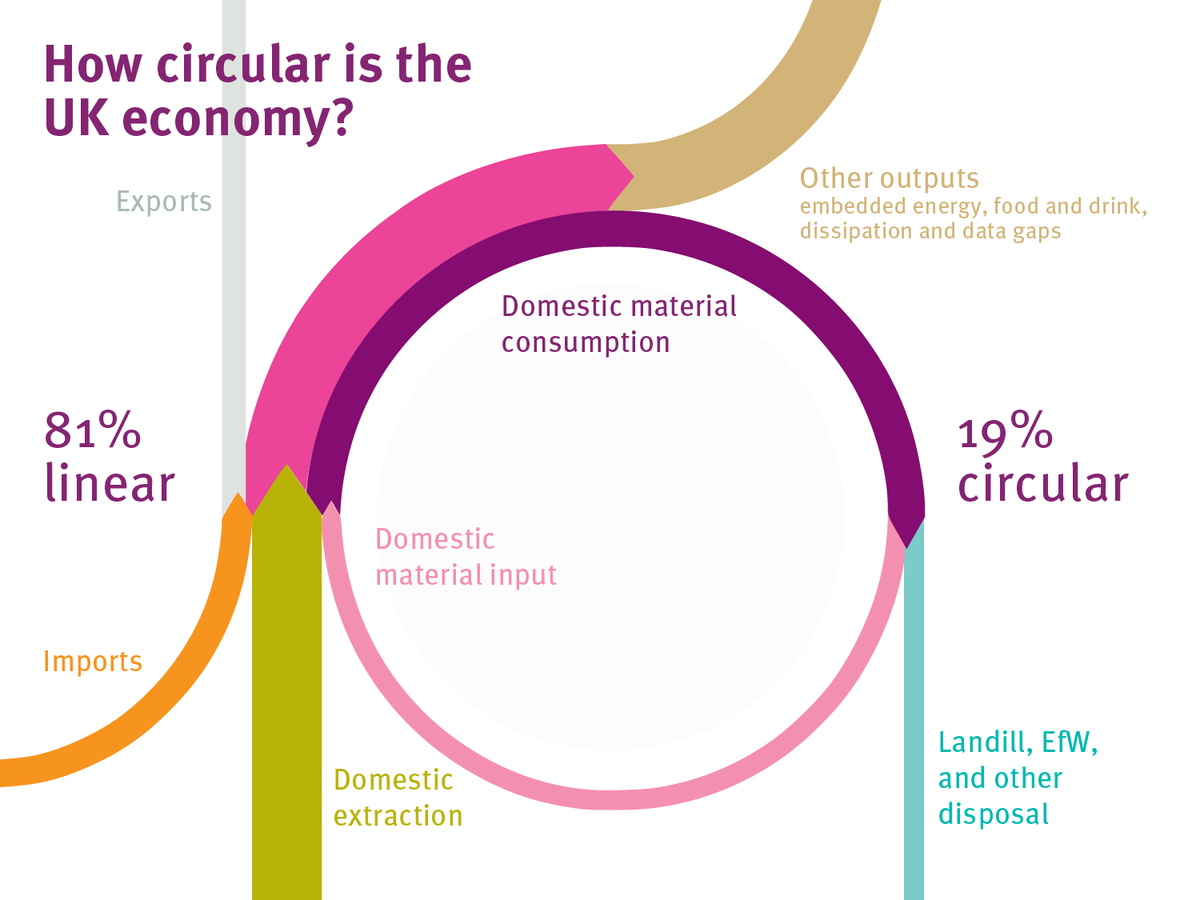
The current situation in UK:
Different organizations in UK are helping advising government for the right legislative infrastructure formation.
One of the best known of these organizations is Wrap.
Current situation in UK through the eyes of Wrap
Please fill the fields below to join our lists and hear more from us..
Why a circular economy is important?
As well as creating new opportunities for growth, a more circular economy will:
- reduce waste
- drive greater resource productivity
- deliver a more competitive UK economy.
- position the UK to better address emerging resource security/scarcity issues in the future.
- help reduce the environmental impacts of our production and consumption in both the UK and abroad.
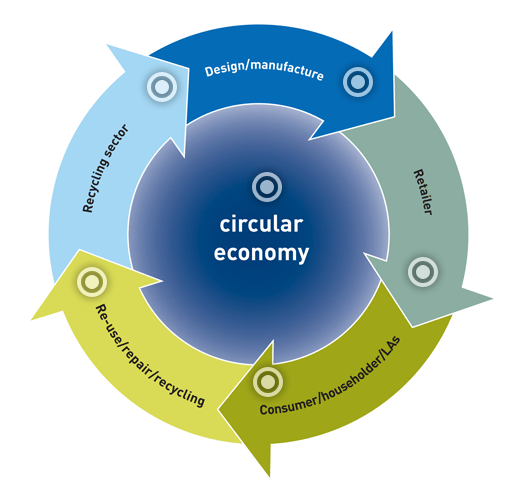
Key Action
Areas For Circular Economy
Areas For Circular Economy
Embed circularity in the design of new products and the materials they are made of
Circularity is achieved with recyclable materials. For a true circular economy, the goal is to preserve the quality of the recycled product as close to the original as possible.
In a circular economy recycling once is not enough. The material should be used over and over again.
A plastic pouch must turn to another pouch/bag finally.
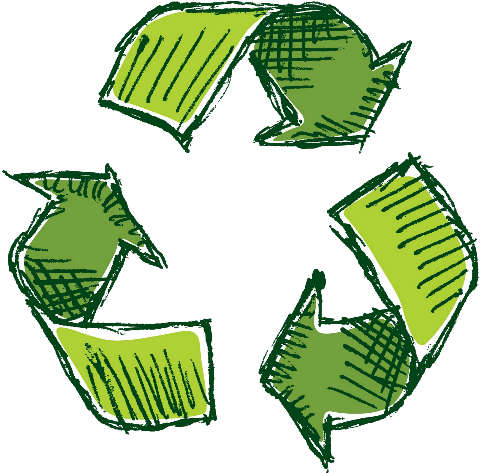
Product Design
- Another part of the product design is the print on the package.
In order to keep the quality of the recycled product high the use of additives should be as little as possible.
Ink is a kind of additives for printed packaging. Having extra crowded packages will result in using high amounts of inks. For the sake of recycling simple printing designs are better.
- Deal with current and future materials which are not circular.
Complex materials aren’t good to recycle. Plastics industry is looking for alternatives to replace these complex structures.
While designing the right packages for the future one must not forget that Food waste is a part of the problem.
We should not increase the wasted food. Modern package keeps the food fresh and helps decreasing the food waste.
We will discuss why and how modern packaging especially flexible packages like stand-up pouches with zipper are very good at protecting the food inside in a separate blog.
We should not increase the wasted food. Modern package keeps the food fresh and helps decreasing the food waste.
We will discuss why and how modern packaging especially flexible packages like stand-up pouches with zipper are very good at protecting the food inside in a separate blog.
The important detail is not over packing the product. While designing the product one must choose the right barrier. Most of the time higher barrier pouches need more complex structures.
Consumption
A goal of Circular Economy Action Plan is helping consumers and public authorities choose sustainable products and services.
Use of plastic is growing rapidly over the years. Flexible packages and stand-up pouches are part of the plastic use.
Many people think that use of plastic is not good for the environment. It is not the case when we compare with other alternatives like, glass, paper, tin cans etc. One must look at the total
carbon print from production to transportation and re-use option.
Many objective studies show in details why use of plastic is better.
Plastic is valuable material. We should not give up on it after single use. The second life of the flexible pouch is not good for food contact but there are many other areas where flexible packaging
is used in non-food applications.
Use of plastic is growing rapidly over the years. Flexible packages and stand-up pouches are part of the plastic use.
Many people think that use of plastic is not good for the environment. It is not the case when we compare with other alternatives like, glass, paper, tin cans etc. One must look at the total
carbon print from production to transportation and re-use option.
Many objective studies show in details why use of plastic is better.
Plastic is valuable material. We should not give up on it after single use. The second life of the flexible pouch is not good for food contact but there are many other areas where flexible packaging
is used in non-food applications.
A problem we see with plastic packages are marine litter. First of all plastics is not the only polluter of the oceans. We see the plastics more because it floats whereas the other materials sink.
The goal of the circular economy is to have an efficient waste collection and sorting system so that everybody will try to put its waste to the system because they will benefit the outcomes. This way no
plastic will leak to the nature.
plastic will leak to the nature.
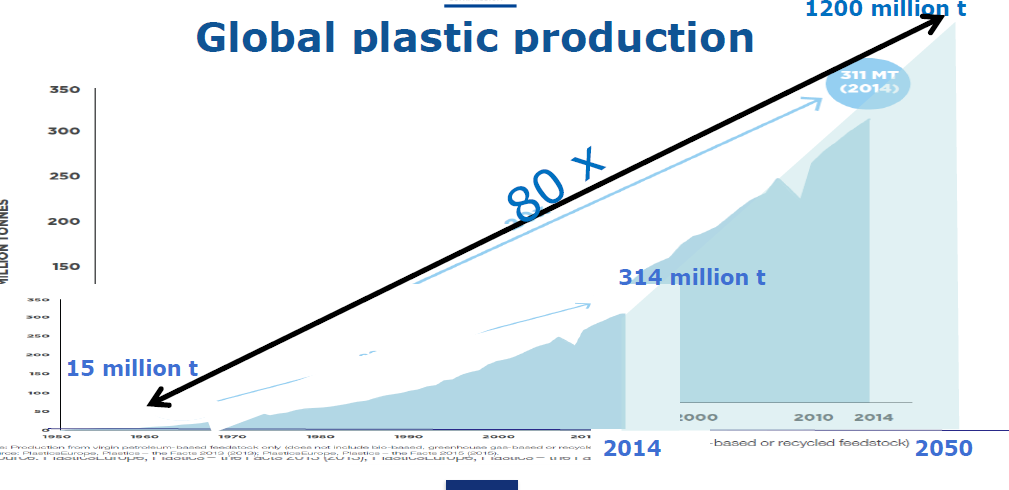
Areas of intervention to achieve the goals.
- Better implementation of existing waste legislation
- No landfilling
- Less incineration
- Separate collection of plastics,
- Targets for recycling of packaging
- EPR (Extended Producer Responsability)– fee modulation

Sustainability criteria for biodegradable plastics
- EU-harmonised criteria / standards for biodegradability (composting) where appropriate
- Compostable products are not recyclable; therefore, waste collectors don’t want compostable materials in the system.
- One may consider compostable material where the waste collection system is not available such as mountain tops, remote islands etc.
- It is possible that in the future system may accept compostable materials. In that case certification will be a must.
- Currently no Stand-up pouch with zipper has compostable certification like attached. In order to get certification, the final product should go through the test. Using certified layers doesn’t mean that the final product will be compostable.
How About Oxo-degradable?
Oxo degradable is the worst and EU is trying to forbid entrance of OXO-degradable products.
The problem with Oxo-degradable is, the plastic is broken in to small pieces, as small as powder. The plastic powder is blown around with the wind and we can inhale it with other dust in the air. If that powder goes in the marine they can easily end up in the digestive system of the fish.
One can avoid eating regular plastic but they will not see small powders from oxo-bio degradable bags. So OXO bio-degradable is a NO NO!
The problem with Oxo-degradable is, the plastic is broken in to small pieces, as small as powder. The plastic powder is blown around with the wind and we can inhale it with other dust in the air. If that powder goes in the marine they can easily end up in the digestive system of the fish.
One can avoid eating regular plastic but they will not see small powders from oxo-bio degradable bags. So OXO bio-degradable is a NO NO!
Linear is out - Circular is IN
Design of products and materials is key for;-
- Improving durability and recyclability;
- Addressing toxicity and microplastics
- Design will provide key enablers for collection, sorting & recycling of all product related wastes
- Design will help developing markets for secondary raw materials




